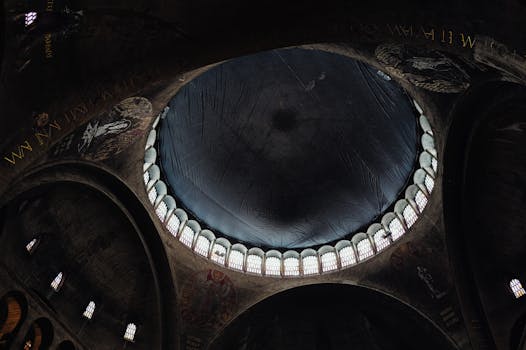
Unearthing the Past: A Journey Through Historical Artifacts of Ancient Civilizations
Takeaways:
- Historical artifacts provide invaluable insights into ancient civilizations.
- Each artifact tells a story about the culture, beliefs, and daily life of its time.
- Preservation and study of these artifacts are crucial for understanding our shared human history.
As we delve into the remnants of ancient civilizations, we uncover a treasure trove of historical artifacts that offer a glimpse into the lives of our ancestors. These artifacts, ranging from tools and pottery to monumental structures, not only represent the technological advancements of their time but also reflect the cultural, social, and spiritual aspects of ancient peoples.
The Significance of Historical Artifacts

Moreover, artifacts help historians and archaeologists piece together the narrative of human history. By studying these objects, researchers can trace the evolution of societies, understand their interactions with one another, and comprehend the factors that led to their rise and fall. This understanding is vital for appreciating the complexities of human civilization and the interconnectedness of our past.
Notable Discoveries from Ancient Civilizations

1. The Rosetta Stone
Discovered in 1799, the Rosetta Stone is one of the most famous artifacts from ancient Egypt. This granodiorite stele features inscriptions in three scripts: Greek, Demotic, and hieroglyphics. Its discovery was crucial in deciphering Egyptian hieroglyphs, unlocking the language of an entire civilization and providing insights into their culture, religion, and governance.
2. The Terracotta Army
Unearthed in 1974 near the tomb of China’s first emperor, Qin Shi Huang, the Terracotta Army consists of thousands of life-sized clay soldiers and horses. This remarkable find illustrates the emperor’s desire for protection in the afterlife and reflects the artistry and craftsmanship of the Qin dynasty. Each figure is unique, showcasing the individuality of the soldiers and the advanced techniques used in their creation.
3. The Parthenon Marbles
The Parthenon Marbles, also known as the Elgin Marbles, are a collection of classical Greek marble sculptures that adorned the Parthenon in Athens. These artifacts are vital for understanding ancient Greek art and architecture, representing the pinnacle of artistic achievement in the 5th century BC. The marbles depict various scenes from mythology and historical events, highlighting the cultural values and beliefs of ancient Greece.
4. The Lascaux Cave Paintings
Discovered in 1940 in southwestern France, the Lascaux Cave Paintings date back to approximately 17,000 years ago. These prehistoric artworks offer a glimpse into the lives of early humans, showcasing their hunting practices, spiritual beliefs, and relationship with nature. The vibrant colors and intricate details of the paintings demonstrate the artistic skills and cultural significance of these early civilizations.
The Role of Preservation and Study

Moreover, education and outreach programs are essential for raising awareness about the importance of preserving our cultural heritage. By fostering a sense of appreciation for historical artifacts, we can inspire future archaeologists, historians, and the general public to engage with and protect our shared history.
Conclusion








